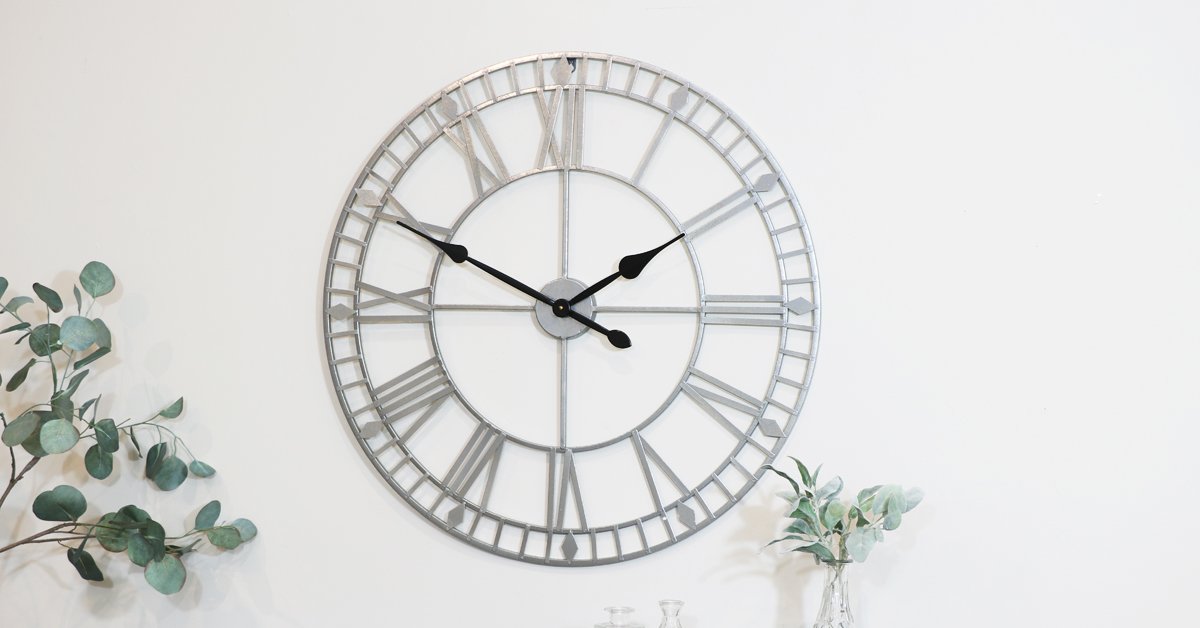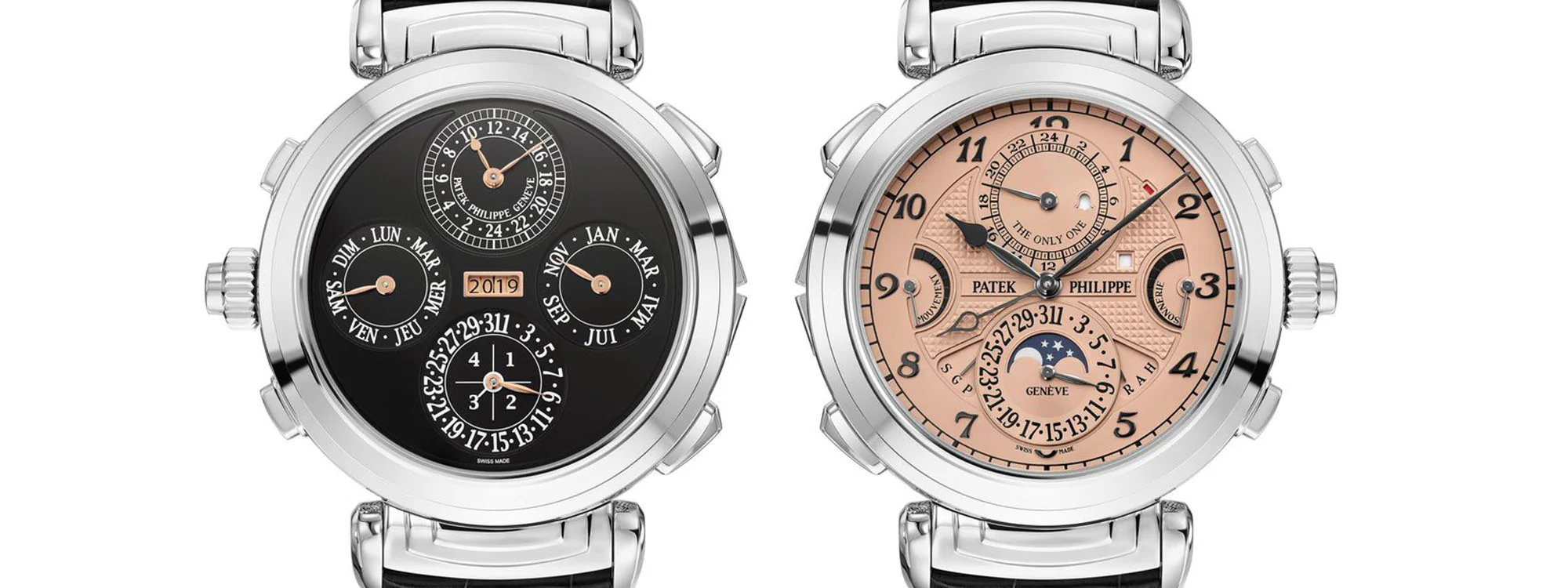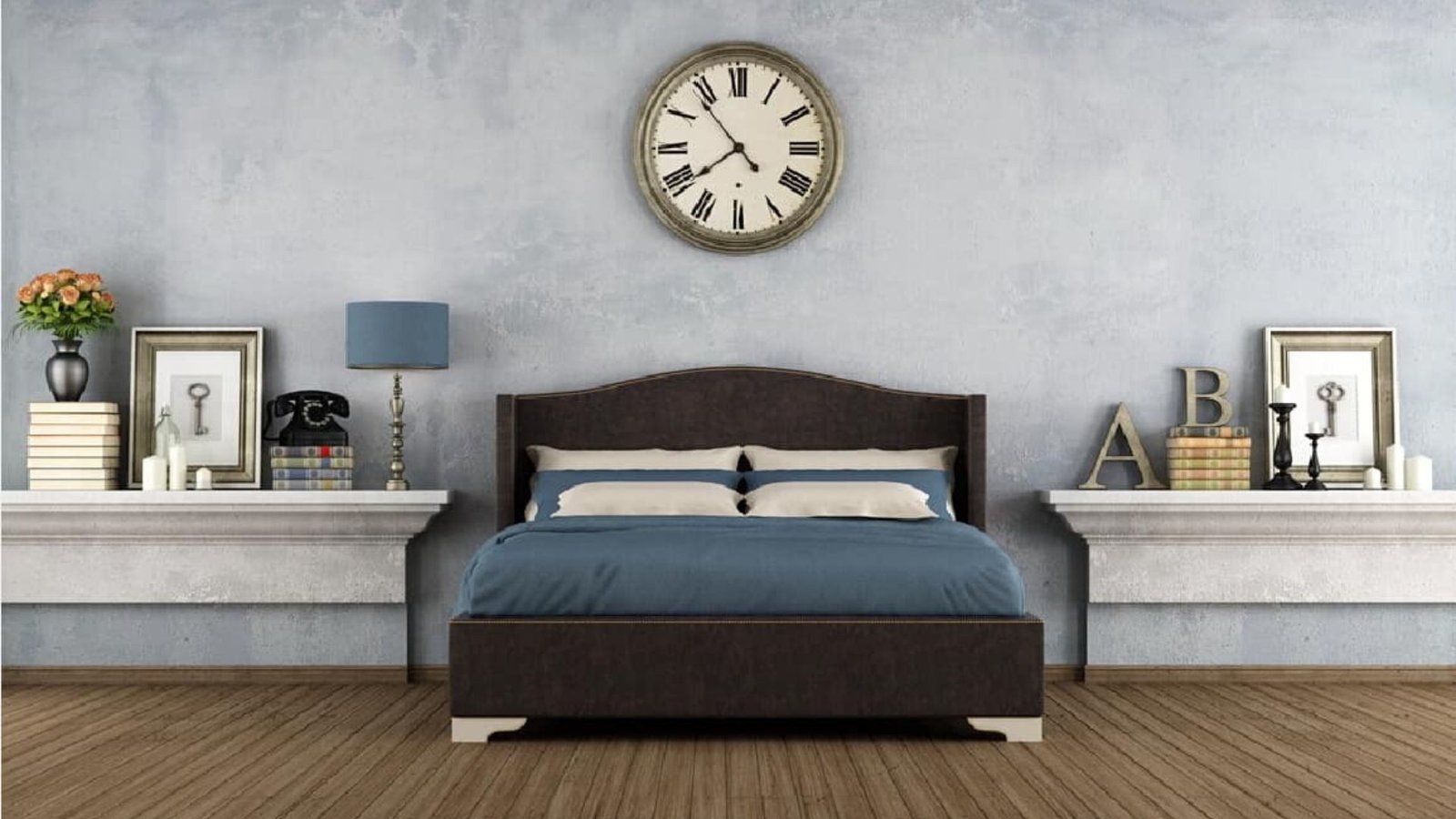A clock is more than just a functional timepiece; it’s a statement piece that adds charm, character, and style to your home. Whether you’re looking for a wall clock for the living room, a mantel clock for the fireplace, or a sleek digital option for your office, choosing the perfect clock involves considering both aesthetics and functionality. In this guide, we’ll help you navigate the process of selecting the ideal clock for your home.
1. Determine the Purpose of the Clock
Before diving into the style or design, consider the primary purpose of the clock. Is it mainly decorative, or do you need it for practical timekeeping? Knowing the function will help narrow down your choices. For example:
- Functional clocks: Choose a clock that prioritizes accuracy and easy readability, such as a digital or quartz wall clock in the kitchen or home office.
- Decorative clocks: If the focus is on enhancing your decor, consider a vintage or ornate clock for the living room or hallway.
2. Consider the Size and Scale

The size of the clock plays a crucial role in how it fits within your space. A clock that’s too large can overwhelm the room, while one that’s too small may go unnoticed. Here are some tips to keep in mind:
- Large spaces: For open-plan living rooms or large walls, opt for oversized clocks. These make a bold statement and can act as a focal point in the room.
- Smaller rooms: In smaller spaces, such as bathrooms or kitchens, go for medium or small clocks to complement the space without dominating it.
Measure your wall or the area where the clock will be placed to ensure a proper fit and balance with other decor elements.
3. Match the Clock to Your Interior Design Style
Clocks come in a variety of styles, from modern and minimalist to vintage and rustic. Matching the clock to your interior design ensures it enhances the overall ambiance of the room. Here are a few popular clock styles and how they complement different home designs:
- Modern and minimalist: Opt for sleek, simple designs with clean lines and minimal decoration. These clocks often feature metal or glass finishes and work well in contemporary homes.
- Rustic or farmhouse: Wooden or metal clocks with distressed finishes and vintage designs are perfect for homes with a rustic or farmhouse aesthetic.
- Vintage or antique: Classic mantel clocks or pendulum wall clocks add a touch of old-world charm and are great for traditional or eclectic interiors.
4. Choose the Right Type of Clock
There are many types of clocks, each suited for different rooms and needs. Here’s a breakdown of common clock types and their ideal placements:
- Wall clocks: One of the most popular options, wall clocks come in various sizes and designs. They’re perfect for kitchens, living rooms, or hallways and can serve both functional and decorative purposes.
- Mantel clocks: These are great for adding a classic touch to fireplaces or shelves. Mantel clocks are typically decorative and may have chimes, adding an auditory element to the home.
- Digital clocks: Practical and easy to read, digital clocks are great for home offices, bedrooms, or kitchens where functionality is key. Many digital clocks come with additional features such as alarms or temperature displays.
- Grandfather clocks: A timeless and elegant choice, grandfather clocks can be the centerpiece of a living room or entryway. They bring a sense of tradition and sophistication to any home.
- Cuckoo clocks: Known for their unique and playful design, cuckoo clocks can add a whimsical element to the home, making them perfect for living rooms or family spaces.
5. Factor in the Material and Finish
The material of the clock can significantly affect its appearance and durability. Here are some common clock materials and their associated styles:
- Wooden clocks: These often lend a traditional or rustic feel to a room. Dark wood tones such as mahogany or oak work well in classic interiors, while lighter wood finishes complement modern and Scandinavian designs.
- Metal clocks: Metal finishes, such as brushed steel or brass, are ideal for industrial or modern interiors. Metal clocks can provide a sleek, minimalist look or a bold, statement-making effect.
- Glass clocks: With their transparent and reflective surfaces, glass clocks suit modern or minimalist spaces. They offer a sophisticated touch while keeping the look light and airy.
6. Pay Attention to Features
Some clocks offer more than just timekeeping. Depending on your needs, consider clocks with additional features:
- Chiming clocks: Clocks with chimes or melodies, like grandfather or mantel clocks, add an auditory element to your home. However, ensure the chimes aren’t too disruptive, especially in quieter spaces like bedrooms.
- Alarm clocks: For bedrooms, choose alarm clocks that provide easy-to-set functions and a pleasant sound to wake you up.
- Smart clocks: Modern smart clocks can connect to your home’s smart systems, displaying not only the time but also weather updates, notifications, and more.
7. Balance Aesthetics and Practicality
While it’s tempting to choose a clock purely for its looks, remember that it should also be functional. Consider how easy it is to read from across the room and whether the design complements your lifestyle. For example, a highly decorative clock with tiny numbers may not be practical in a frequently used space like the kitchen, where quick readability is essential.
Conclusion
Choosing the perfect clock for your home involves more than just picking something that looks nice. By considering the clock’s function, size, style, material, and features, you can find a timepiece that not only keeps you punctual but also enhances the overall design of your space. Whether you’re looking for a statement-making wall clock or a timeless mantelpiece, the right clock will combine practicality with aesthetic appeal, bringing harmony and style to your home.





Yo, FB777applogin just hooked me up! Fast login and the app’s pretty slick. Definitely worth checking out if you’re trying to jump into the action quickly. Peep it here: fb777applogin
Welcome to S666.com! It is time to have some fun. I hope I get lucky today. Wanna join me? welcome to s666.com
Oktober 1954 mit Barry Nelson als amerikanischem Geheimagenten Bond und
Peter Lorre als Gegenspieler Le Chiffre ausgestrahlt. Ian Flemings
Buch Casino Royale wurde 1954 mit Barry Nelson als amerikanischer Geheimagent James Bond und Peter Lorre in der
Rolle des Gegenspielers Le Chiffre für das amerikanische Fernsehen verfilmt.
Casino Royale ist ein Fernsehfilm aus dem Jahr 1954, der auf Ian Flemings erstem James-Bond-Roman Casino Royale
basiert.
November 2006 Weltpremiere in London und startete neun Tage später in den deutschen Kinos.
Bond selbst nutzt mehrere Omega-Armbanduhren (Seamaster Planet Ocean und später Omega Seamaster 300 M), die er im Film
auch erwähnt, sowie eine HK UMP mit Schalldämpfer,
mit der er in der Schlussszene Mr. White ins Bein schießt.
Ähnlich lange ist auch bereits Chris Corbould für die Effekte der Bondfilme zuständig.
Für den Geheimagenten wurden über 200 Darsteller in Betracht gezogen, darunter die Australier Karl Urban, Sam Worthington und Hugh Jackman sowie der englische Henry Cavill.
Die Musik schrieb – wie auch bereits für die drei Vorgängerfilme – David Arnold, unterstützt von seinem Orchestrator Nicholas Dodd.
Danke fürs Lob 🙂Auf der 4K-Scheibe von Casino Royale ist
keine deutsche PCM-Spur enthalten.
References:
https://online-spielhallen.de/novoline-casino-auszahlung-der-ultimative-leitfaden/
Es bietet eine Sammlung von Slots, Blackjack, Roulette,
Video Poker, Bingo, Baccarat, Jackpot-Spiele, Live-Spiele, Craps und
Würfel, Keno, Rubbellose. Das Happy Hugo Casino
bietet auch Kontaktinformationen für Hilfsorganisationen wie GamCare.
Wir haben auch sichergestellt, dass Happy Hugo ordnungsgemäß von Curaçao (GCB) lizenziert ist.
Nicht nur über 4.200 beliebte Spielautomaten, sondern auch über 100 weitere
Casinospiele wie zahlreiche Tischspiele sind vertreten. Ähnlich verhält es sich mit den Zahlungsmethoden, die das Internet Casino bietet.
Durch eine anerkannte EU-Lizenz gilt Happy Hugo als sicheres
Online Casino auf dem Glücksspielmarkt. Happy Hugo
Casino möchte einen sicheren Ort zum Spaß schaffen, indem es ständig über verantwortungsvolles Spielen spricht.
Wir empfehlen Ihnen, die Kindersicherung zu verwenden,
wenn Sie Ihr Gerät mit Kindern teilen. Mitglieder unserer Plattform müssen mindestens 18
Jahre alt sein, um sich anzumelden, und jedes Konto wird überprüft,
um sicherzustellen, dass der Benutzer 18 Jahre oder älter ist.
Nein habe keine auszhalung erhalten Ich werde Ihre Beschwerde nun an meinen Kollegen Kubo weiterleiten ( [email protected] ), der Ihnen gerne zur Verfügung steht.
Trotz mehrfacher Kontaktaufnahme weigerte sich Happyhugo, meine Gewinne auszuzahlen und sperrte stattdessen mein Spielkonto.
Ich werde Ihre Beschwerde nun an meine Kollegin Natalia weiterleiten ( [email protected] ), der Ihnen gerne
behilflich sein wird. Mein Spielkonto ist nicht geschlossen, aber
das Casino behält das Geld ohne Grund ein.
References:
https://online-spielhallen.de/author/online-spielhallen/
Start your RocketPlay casino adventure with one of the best welcome packages in Australia!
The Complaints Team had facilitated communication with the casino, which
ultimately corrected the errors, allowing him to receive
his winnings. Despite having successfully completed verification, he learned
that previous deposits had been processed without issues, leaving him frustrated about the situation. After winning over 50k, he experienced account closure without explanation and was subsequently banned for life, despite not receiving confirmation of the returned funds.
Although she had verified her account and provided documentation, the casino refused to process the
withdrawal because her new card did not match the
old card details.
Whether you’re just getting started or you’re an experienced player, Rocket Play has
everything you need to enhance your gaming adventure. Major promotions are highlighted on the homepage, allowing
players to quickly switch between offers and easily claim
them. Known as both RocketPlay19, this platform has attracted both new and seasoned
players.
References:
https://blackcoin.co/treasure-casino-a-comprehensive-overview/
This isn’t just another online casino—it’s a complete gaming
ecosystem designed around your needs as an Aussie player.
With 12+ years reviewing online casinos across Australia, I’ve witnessed countless platforms promise the world
and deliver disappointment. Searching for an online casino that truly understands what Australian players
need? Downloading casino games directly to Android phones beats browser play
every time.
The platform’s gaming library undergoes rigorous testing
by independent auditors who verify the integrity of Random
Number Generators (RNGs). Funds appear in your casino balance within seconds,
letting you jump straight into your favorite online pokies
Australia without frustrating waiting periods.
This revolutionary Australian payment system enables instant deposits
directly from your bank account using just your mobile
number or email address. Customer support stands ready throughout the registration process via 24/7 live
chat if questions arise. The interface welcomes you with intuitive navigation that puts your favorite
games two clicks away.
SkyCrown supports a range of secure payment methods suitable for Aussie
players. I’m a fan of the live games, but I never go in expecting to win big.
It’s safe, modern, mobile-friendly, and backed by leading software brands.🎯 Make the smart choice – your online
casino should be fun, safe, and fair. Fast & Aussie-Friendly PaymentsThe best online casinos
make it easy for Australians to deposit and withdraw. This means the site follows strict rules to
ensure fair play, data security, and responsible gambling practices.💡 SkyCrown Casino, for example, is fully licensed
and adheres to global gaming standards.✅ 2.
References:
https://blackcoin.co/47_high-roller-bonus-uk-2022_rewrite_1/